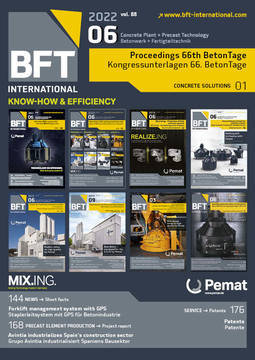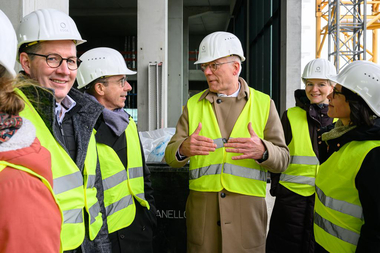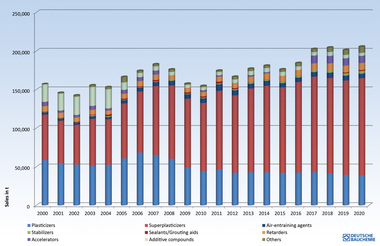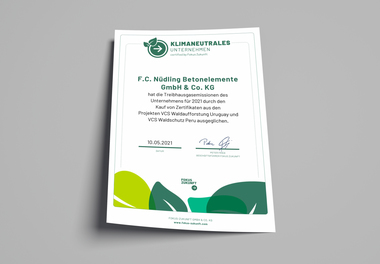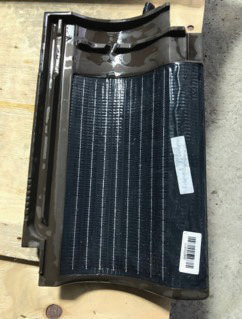Decarbonization and resource efficiency –
what will change in practice
Although climate-neutral concrete construction is possible, it represents a great challenge. The technical approaches to the use of the materials involved here are closely linked to the availability of material resources. Efficient use of the constituent materials, depending on their availability and efficiency, is of special significance. Effective interaction of the entire value-added chain, all the way to planners and architects, is essential. Assuming assurance of technical efficiency comparable to other options, concretes with clinker-efficient cements (e.g., CEM II and/or CEM III cements) should be preferably specified and used. Here, regional differences in availability of the cements and concretes should be taken into account. As shown in Table 1, orientation values for greenhouse gas emissions of concrete, as a function of the chosen compressive concrete strength classes, help to clarify which CO2 reduction potentials exist.
Table 2, in addition to classification based on the unit kg CO2 equivalent /m3 of concrete, takes the strength performance of the concrete into consideration (CO2 equivalent/(m3 concrete x MPa)).
This table shows the following:
In the higher-strength classes, the performance-related greenhouse gas emissions are lower than in the lower-strength classes.
This performance-related analysis is logical when making use of the higher strength by reducing the dimensions of the construction element: i.e., when elements are slimmer and consequently with reduction of CO2 in the manufacture of the construction elements.
If higher strengths are justified in the structural design or if required due to the exposure class, without the possibility of saving material, the values of the CO2 efficiency of the concrete can be described on the basis of these values.




